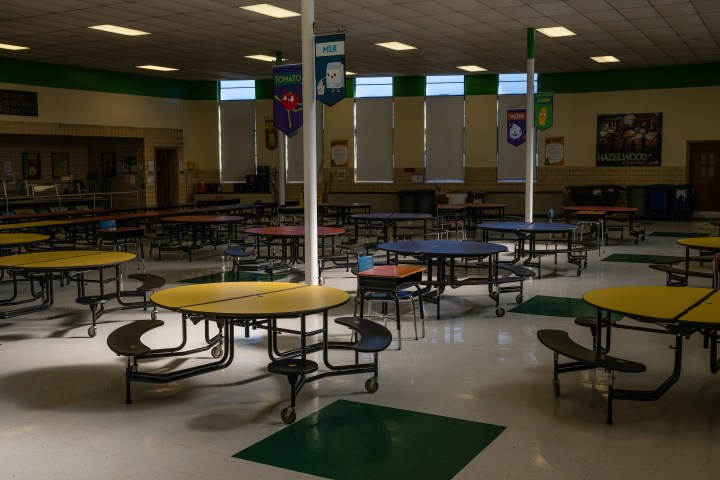
Inflation, staff shortages mean fewer kids are participating in after-school meal programs
Inflation, staff shortages mean fewer kids are participating in after-school meal programs

For a while now, school cafeterias have been serving more than lunch. Many of them serve breakfast, too, and at schools with high proportions of students below the poverty line, many serve an after-school meal too.
But the number of students taking that “supper,” as it’s often known, fell by almost one-fourth between 2021 and 2022, according to a report out Tuesday from the nonprofit Food Research & Action Center. It’s the largest decline since the after-school meal program became an option more than a decade ago.
The after-school meal is served as early as 2:45 p.m. at Charleston County School District in South Carolina.
“That’s because the kids are hungry,” said Walter Campbell, the district’s executive director of nutrition services.
The meal includes a protein, a grain, a fruit or vegetable and milk. One favorite is a hot ham and cheese sandwich.
And Campbell said he can see the difference these meals make.
“I think having a meal after school before they have their homework, and having the time to eat that meal, impacts their mood,” he said. “I mean, food absolutely impacts their mood.”
But Charleston is among the places that’s seen a drop in the number of students eating those meals.
One reason? It’s been hard to find staff for after-school programs where the meals are served.
“So they just could not get enough staff to serve the meals, run the activities, and that really impacted participation,” said Clarissa Hayes, the primary author of that new report from FRAC.
Hayes said inflation played a role too.
“Even buying bread, for example, or fruit or vegetables, or things that they buy all the time for these programs were higher than normal,” she said. “So they just weren’t able to make the cost of the meal fit underneath the federal reimbursement that they were getting.”
Also, to be eligible for the program, 50% of a school’s students must qualify for free or reduced-cost lunch.
During the pandemic, the federal government lifted that requirement. But now it’s back in place — and that limits which schools can take part.
There’s a lot happening in the world. Through it all, Marketplace is here for you.
You rely on Marketplace to break down the world’s events and tell you how it affects you in a fact-based, approachable way. We rely on your financial support to keep making that possible.
Your donation today powers the independent journalism that you rely on. For just $5/month, you can help sustain Marketplace so we can keep reporting on the things that matter to you.

















